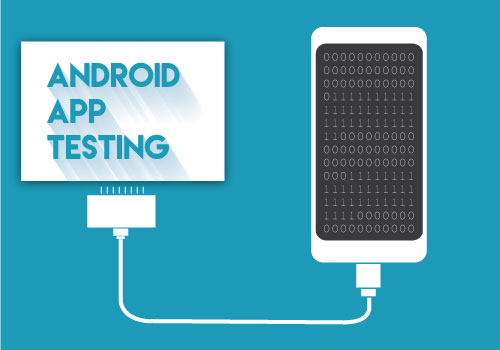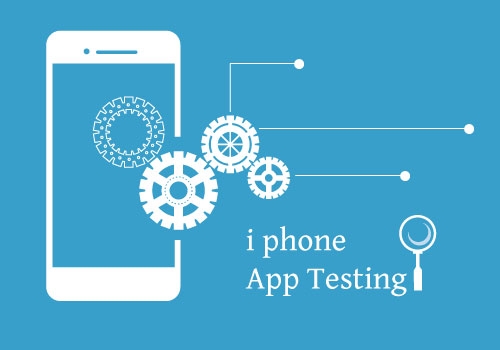Game testing is a lucrative career for those who have a passion for playing games and finding bugs. The rise of mobile phones has increased game development and game testing services exponentially.
But if you are a game developer, how do you identify a good mobile game tester? An eye for detail, computer literacy, exceptional memory, good writing skills etc. are well appreciated qualities in a mobile game tester.

Long work hours and recurring overtime can make work exhausting for people working in the game testing services industry. If you really don’t have a love for games, the whole routine could become tiring eventually.
Read Also: The What, Why and How of Mobile Game Testing
Game Testing- Qualifications required
Since there are no university degree that specializes in game testing at least in most of the countries, candidates appearing for jobs in game testing services are usually tested for suitable skills that will prove beneficial to the job requirements of a game tester.

Some testing jobs, especially senior ones will require experience. With experience, a tester gets a better idea of the game development cycle, its various tools, and can recognize discrepancies and errors easier. Sometimes employers may recruit inexperienced candidates simply because there are lots of inexperienced candidates available for their specific job requirement. Then in order to aid the screening process they will opt for more experienced candidates.
Let’s discuss some of the desired qualities of a game tester. These qualities should be either present in a game tester or are to be developed with experience.
Vital Skills for a Mobile Game Tester
Keen observation: For being a successful game tester, you need to have exceptional talent in finding the oddities. You’d have to keep your eyes wide open and find all those camouflaged and unwanted bits that can decrement your game’s aesthetic appeal.

Problem solving ability: When you see a particular defect in your game’s performance, you should be able to figure out what is the real cause behind such a hurdle.
Love for gaming: Game testing jobs actually requires you to sit and interact with a video game all day long. Passion for gaming is an additional boon to your profession as a game tester. Without any interest towards gaming, it will be difficult for someone to continue on this job for long.
Good writing skills: This is something that is often neglected but yet one of the most important skill that a game tester should possess. A game tester should be able to communicate and record the findings in good and standard language without leaving any scope for ambiguity.
Patience and tolerance to monotonous tasks: Even for interested game players, similar games can cause aversion. So, one should give it a second thought before taking a career path in game testing.

Role specific skills: You must hold skills specific to the area of your work. For example, if you are a professional localization tester, you should have expertise in the language of game content construction. Testing security needs awareness about various security protocols and security threats. Compliance testers should have good knowledge on various IT standards and certification processes.
You May also Like: Is Testing Important for the Mobile Gaming Industry?
Teamwork: This is a general skill that is required in any software based industry. Having the right technical skills alone is not enough to work in an industry. A tester should be a good team player too. When you have to work with a team, you should know how to work cooperatively. Ego can hinder your work. Mutual respect and trust is necessary for team performance.
Meeting deadlines and working under pressure: Overtime and working weekends can become unavoidable when deadlines are to be met. Employees should be willing to accept this and should have strong willpower and motivation towards delivering performance when working under pressure.






